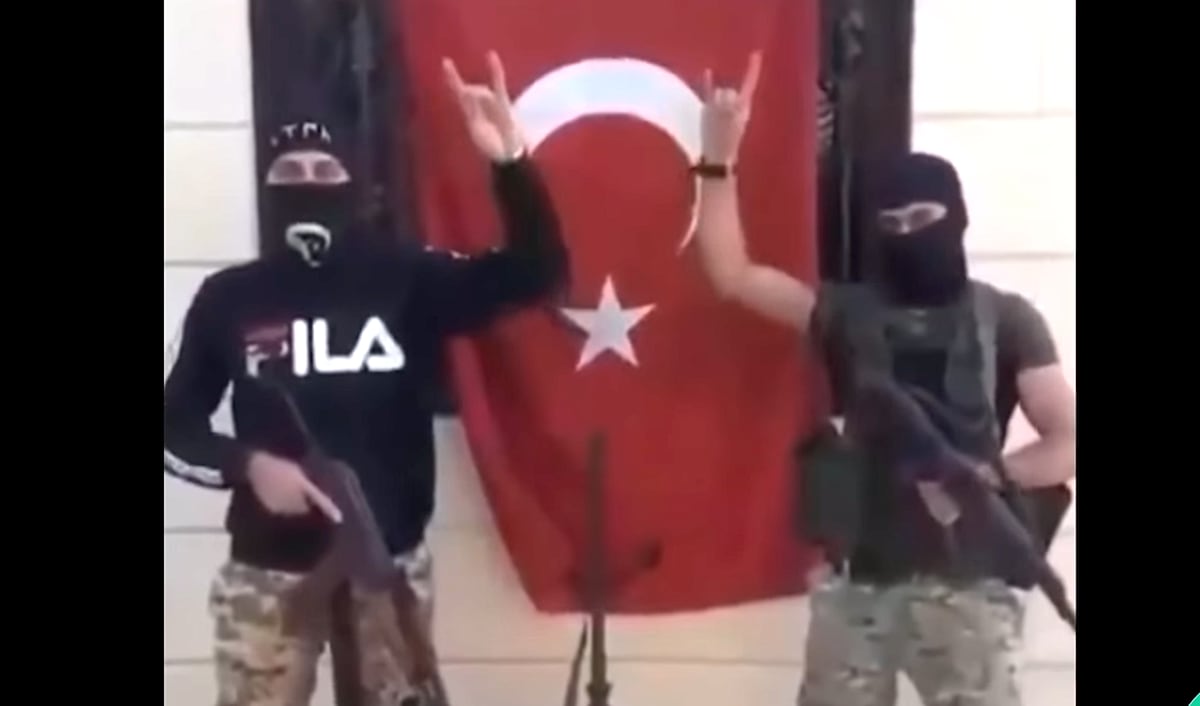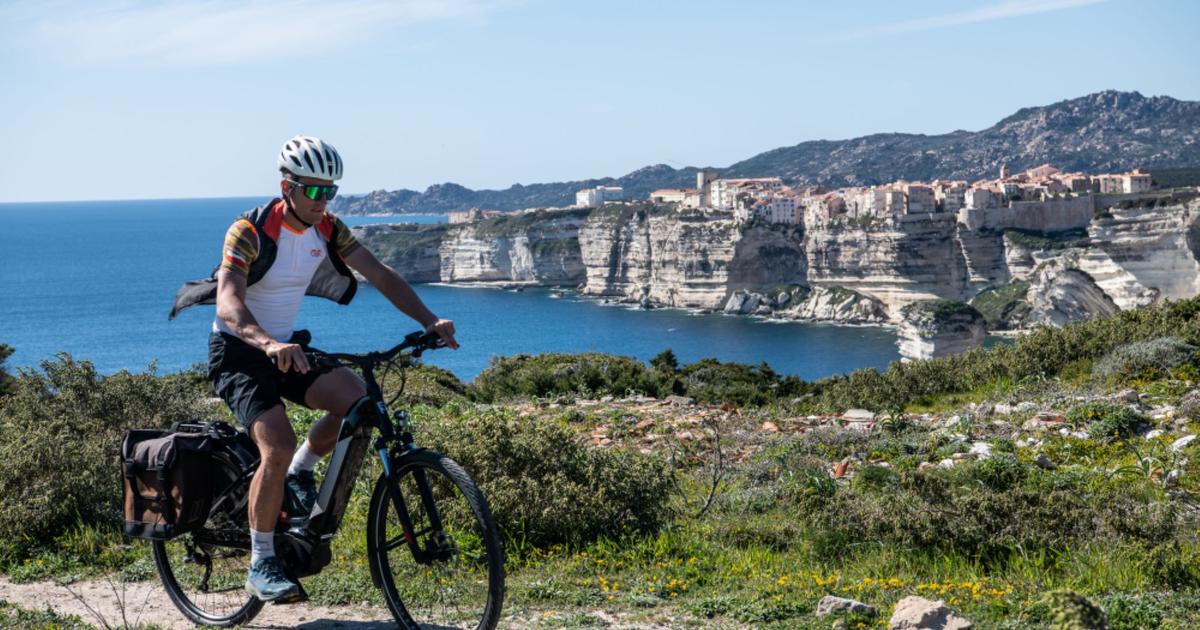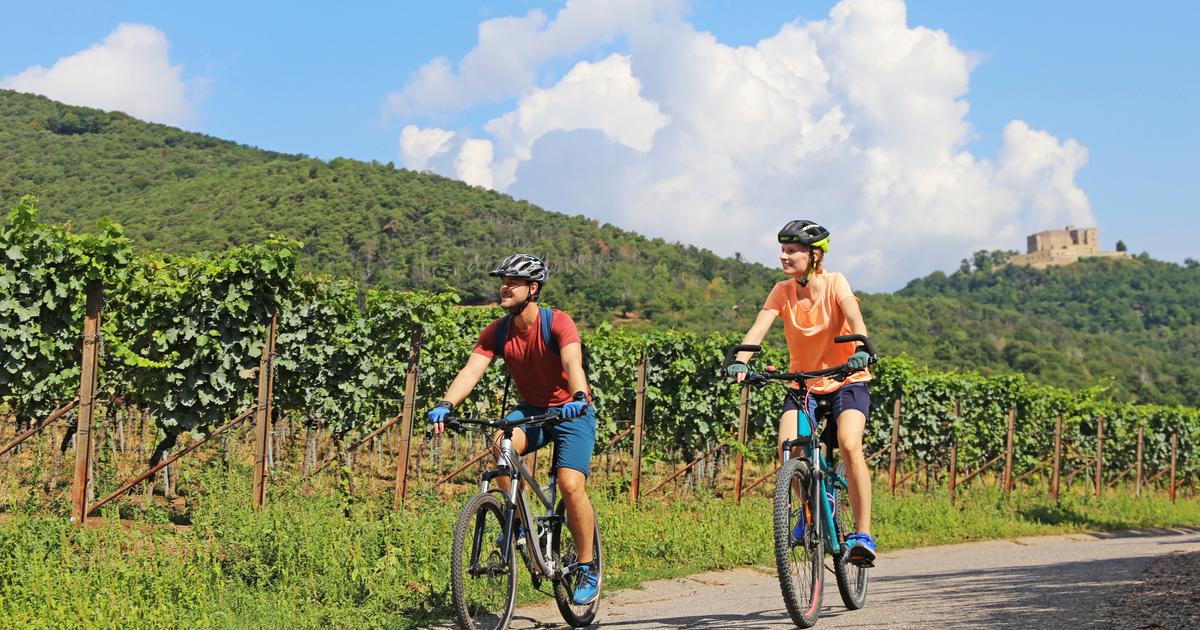On June 16, following a tip, Customs agents from the port of Mersin (in southern Turkey) ordered to search the containers of a merchant from Ecuador. The scanner returned suspicious images and the police dogs confirmed it: among the cargo of bananas there were 1,300 kilos of cocaine, the largest find in the history of Turkey. Seven days later, in the same port and again in a container of Ecuadorian bananas, another 463 kilos were found. It might seem staggering in a country that has not traditionally been linked to this drug and yet is not. The name of Turkey has begun to sound strongly on the cocaine trafficking routes, since that was the destination of the 4.9 tons seized last year in the Colombian port of Buenaventura; of the more than 1.000 kilos found in the Panamanian port of Cristóbal the previous year; of another 500 kilos in a ship inspected when entering the Panama Canal last May ... Also Turks were the crew of several ships loaded with cocaine that have been seized by the Spanish police in Atlantic waters in recent years.
"In addition to the large seizures, in recent years there have been some 3,000 individual seizures of cocaine in Turkey, which shows that it has become a country of consumption of that substance, something that did not happen ten years ago", explains Laurent Laniel, scientific analyst at the European Monitoring Center for Drugs and Drug Addiction (EMCDDA). In March, the police detained a young employee of the AKP, Turkey's ruling Islamist party, after among his photographs and videos posted on social media - in luxury cars, lavish hotels or alongside ministers and President Erdogan himself - turned up snorting cocaine. The 25-year-old man claimed that it was “icing sugar” and was released, but the uproar was such that the agents arrested him again and, this time, they charged him. In Turkey,Possession of narcotics is punishable by between two and five years in prison and, in fact, several rappers have been convicted on the grounds that their songs incited drug use.
The prevalence of cocaine use in Turkey is among the lowest in Europe.
Only one in every 1,000 Turks between the ages of 15 and 34 admits to having consumed it in the last year, compared to 30 out of every 1,000 in Spain or France.
"These are low figures, but not insignificant, there is a market to feed," says Laniel, for whom an increase in consumption is "the price of having become a transit country."
From heroin to coca
Turkey has always been a key player on drug routes. Turkish mafias have dominated the distribution of Afghan heroin in Europe since the 1980s, and Turkey is the European country that seizes the most heroin, marijuana, ecstasy and amphetamines (the latter known as Captagon) per year, and is also the fourth in hashish, according to EMCDDA studies. Cocaine, on the other hand, had until now been outside the portfolio of products managed by Turkish criminal organizations.
“Increased heroin production in Afghanistan drove its price down, so some Turkish gangsters started looking at other, more profitable products. In the Netherlands, they began to barter heroin for cocaine at the beginning of the last decade ”, explains Cengiz Erdinç, a Turkish journalist specializing in drug trafficking. The Netherlands has become the nerve center of drugs in Europe due to its logistical connections. “The ports of Rotterdam (Holland) and Antwerp (Belgium) are business centers, also for organized crime. The Turkish narcos have their permanent representatives there and there they meet other Dutch, Colombian, and Peruvian narcos and connections are created between these people, ”explains analyst Laniel.“Turkish organized crime has for years been a major organizer of heroin trafficking to Europe and has the geographic location, experience and infrastructure to play a key role in the distribution of cocaine to Europe and also to the Middle East, which is a region in which we lack precise statistics, but in which we believe, because there is a lot of money, which is an important market for cocaine consumption ”, he adds.
Cocaine seizures in Turkish territory have skyrocketed: if in 2000 barely 100 kilos a year were seized, in the last five years the annual ton has been exceeded and, in 2020, there were almost two. To this must be added the more than seven tons caught in Latin America in shipments destined for Turkey. It does not necessarily mean that police action has become more effective (not in vain, purges and internal political conflicts have partly dislodged the anti-narcotics unit of the Turkish Police), but that there is a much greater volume of cocaine entering the country, according to the research platform Insight Crime. Experts estimate that - worldwide - only between 10% and 20% of cocaine shipments are discovered.
Congratulations to @PoliciaAntiNar for a hard blow against drug trafficking!
In Buenaventura, 4.9 tons of cocaine were seized that were destined for Turkey, where it would cost approximately 265 million dollars.
@PoliciaColombia pic.twitter.com/zttgaBi8aZ
- Carlos Holmes Trujillo (@CarlosHolmesTru) June 9, 2020
Europol, the European police, has confirmed that Turkish criminal groups have already begun to get involved in the trafficking of cocaine directly from Latin America, both to take it to Turkey and to distribute it on behalf of other organizations: that was the case of a new network of the Galician drug trafficker Sito Miñanco, dismantled in
Operation Mito
and which led to the arrest in 2018 in Atlantic waters of several ships with tons of cocaine piloted by Turks.
In the reports of the Turkish Police of the last decade, a change in trend has been observed: if previously most seizures were made at Istanbul airports, to couriers with few quantities and mainly from Africa, now shipments of large quantities have increased. shipments of cocaine by boat, especially camouflaged among bananas from Ecuador or impregnated in plastics.
It is something that agrees with the data of a report by Ameripol -the police cooperation mechanism of the Americas-, which already in 2013 warned of the opening of new routes of entry of cocaine into Europe “through the Suez Canal, Turkey , Greece and Eastern Europe ”.
"
Greetings for my Turk from Culiacán"
Political and economic relations between Turkey and Latin America have been strengthened in the last decade. Turkish companies have invested in the continent - for example, Yilport manages the terminals of Puerto Bolívar (Ecuador) and Paita (Peru) - and imports from Latin American countries to Turkey have multiplied by 20 in the last two decades, which makes it easy to hide drug smuggling.
But who is the counterpart of the Turkish mafias in Latin America? “Especially the Sinaloa cartel. They are the ones who send the cocaine to Turkey, the Colombians do not have that strength ”, explains a security source familiar with these relationships. “The tactic they use is to flood the market, shipments to
cascoporro
to several countries. To do this, they only have to bribe workers at the ports of departure and then have a local allied group at the receiving port ”.
Last year, a series of supposedly recent recording videos in which alleged Turkish and Mexican criminals exchanged messages emerged on social networks, which has been evaluated by media from the two countries as proof of an alliance. Greetings from Turkey to Mexico, Sinaloa. Pure cartel, pure Mayo Zambada ”, says in one in Spanish a group of ten men with a Turkish accent and who later make the wolf salute, typical of the Turkish extreme right, which has always maintained relations with some mafia groups. Some of these men, bare-faced, appear in another similar video. There are two others in which armed youths, with their faces half covered and a Turkish flag on their backs, send greetings to Ismael El Mayo Zambada, considered the leader of the cartel after the capture of Joaquín Guzmán Loera, alias
El Chapo
.
But the most intriguing is another, allegedly recorded in Jabal Turkman, an area of the Syrian province of Latakia, where ethnic Turkmen rebels supported by Ankara operate.
Two individuals in camouflage clothing in front of an antiaircraft machine gun fire into the air and send greetings to Sinaloa.
Whoever is recording shows the screen of a mobile phone that reads in capital letters: “GREETINGS FROM SIRIA [H] ASTA MEXICO AND TEXAS ENTERING PARK [.] THE COMMANDERS WILLY WILLIAM GABRIEL PEDRO CHRIS [.] PURE SINALOA PURE MAYO ZAMBADA POSTER OF WORLDWIDE ”.
GREETINGS FROM SIRIA [H] ASTA MEXICO AND TEXAS ENTERING PARK [.] COMMANDERS WILLY WILLIAM GABRIEL PEDRO CHRIS [.] PURO SINALOA PURO MAYO ZAMBADA WORLDWIDE POSTER
It is at least curious that some militiamen involved in the war in Syria know Ingrando Park, a neighborhood in Houston (Texas) with some gang activity, and the first names of alleged members of the Sinaloan organization.
From the other side of the Atlantic, at least three videos have transpired that point to the relationship between the two parties. "I greet my Turkish compa from here in Culiacán, Sinaloa", is heard in one in which two armed people appear in a Jeep but without showing their faces. In another, three individuals appear face to face in a vehicle, show their assault rifles and send greetings - "My Turk!
Quiubo pa '
?" - from Mayo Zambada. In a third, a young man whose face is not visible displays several large-caliber weapons. In these last two the Turkish songs
Ya musalla ya mapus (Or dead or prisoner)
and
Ölürüm Türkiyem (I die, my Turkey) sound,
widely used by the ultra-nationalist extreme right of Turkey.
The first person to publicly report contacts between Turkey and the Sinaloan cartel was Edgardo Buscaglia, an academic at Columbia University (New York) and advisor to institutions and governments in the fight against organized crime. His sources in Mexico informed him more than a decade ago that, in addition to shipping cocaine, Sinaloa was hiring chemists from various countries, including Turkey, to improve its production of synthetic drugs and heroin.
But above all, says this expert, Turkey is interested in the Mexican cartel as a place to launder its illegal income: “Sinaloa has become a multinational criminal company, highly diversified towards all types of crimes. Turkey represents a low-cost country for them because it is an important regional economy, well connected with Europe, as well as thirsty for capital and with weak anti-money laundering controls ”.
Another factor in the increase in cocaine trafficking through Turkey, Buscaglia argues, is the economic collapse of Venezuela, which has allegedly led the Government of Nicolás Maduro to “depend on links with organized crime to help it traffic various merchandise - gold, oil, drugs ...-, and thus be able to finance its budget ”. The UN has alerted of the presence of the Sinaloa cartel on the border between Venezuela and Colombia, where dissident groups of the FARC and ELN also operate and move narcotic drugs, and there are reports that denounce the smuggling of gold between Turkey and Venezuela. A mobster fled from Turkey, in fact, has come to accuse the son of a former Turkish prime minister of traveling to Venezuela to negotiate new routes of cocaine trafficking,extreme that sources from the Ankara Government and Venezuelan diplomacy have emphatically denied.
In 2018, the Venezuelan Prosecutor's Office dismantled a drug trafficking network led by Turkish Özer Murat that sent cocaine to Paris, Istanbul and Lebanon. Also in Paraguay, Turkish narcos have been arrested: Munir Öztürk and Eray Üç, captured in February 2017 and escaped from prison ten months later. They are part of the network of the Lebanese Ali Issa Chamas - currently imprisoned in the United States - who sent cocaine shipments to Turkey and the Middle East and financed the Islamist group Hezbollah.
All this points to the fact that there are different Turkish criminal groups present in Latin America (the Turkish mafias are not as structured as the Italian ones or the Mexican cartels) and that they operate with different partners. Several Turkish opposition media have denounced that, despite large seizures in Turkey and destined for the country, investigations have been shallow and arrests few. However, in a presentation last May, the anti-narcotics division of the Turkish Police acknowledged that, indeed, "the increasing amount of cocaine" seized indicates that "a new distribution route for cocaine from South America to Europe and Asia has been established. through Turkey ”.
During the last decade, world cocaine production has doubled to almost 2,000 tons per year. "And that cocaine has to be sold," stresses analyst Laurent Laniel. For the drug traffickers of Latin America, the markets of Europe and Asia are juicier, since cocaine pays better than in the United States and hence the volume of seizures of this drug in the Old Continent has multiplied by four in the last decade . Following its policy of constant route changes to evade surveillance, the coasts of Spain have given way to the ports of Rotterdam and Antwerp as the main entry points for cocaine into Europe. However, operations such as the one initiated in 2017 by the French and Dutch security forces against the encrypted communications system EncroChat, widely used by drug traffickers,They have facilitated seizures in those places, so the mafias will be looking for alternative ports, says the journalist Erdinç, who believes that this is why Turkey has gained weight on the cocaine route and will do so more in the coming years.



/cloudfront-eu-central-1.images.arcpublishing.com/prisa/LBSMGW4JUBAODL5PC4BABWYEL4.jpg)





